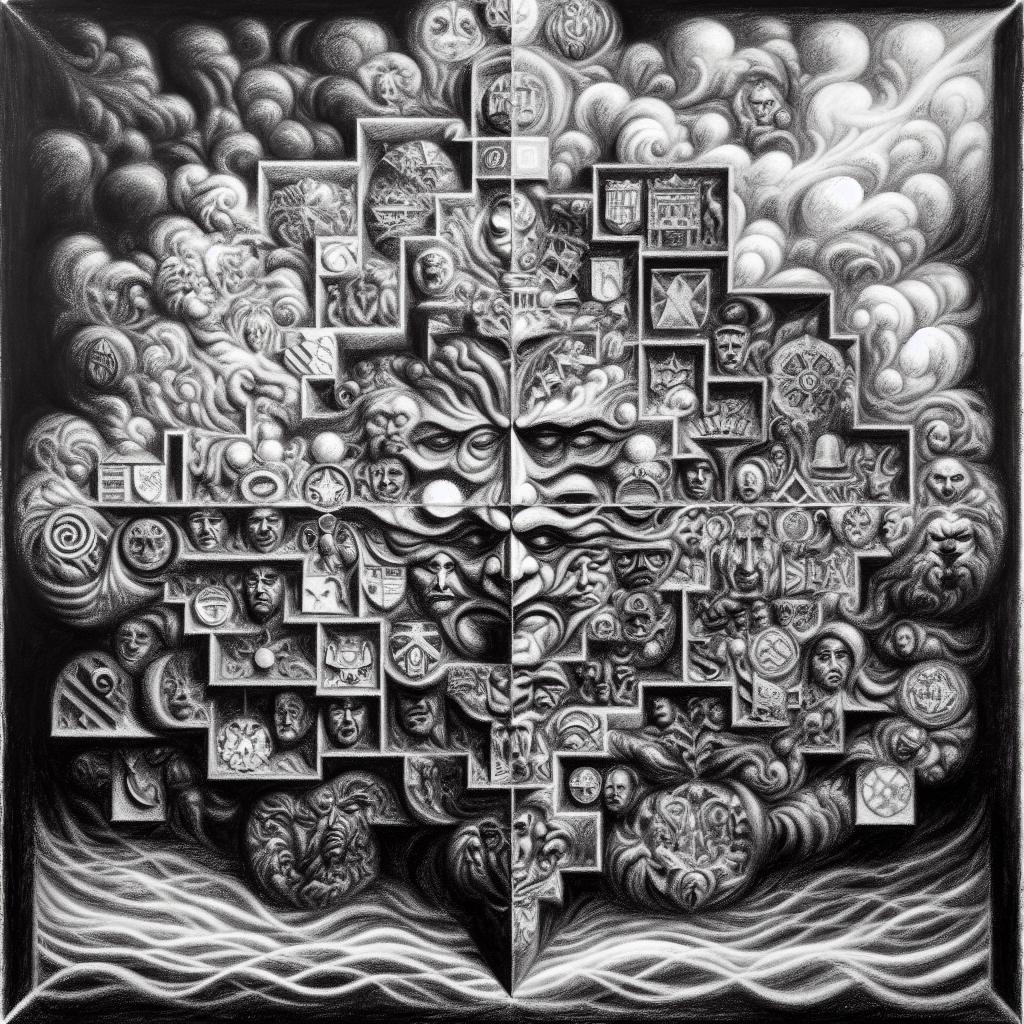As the final votes are counted in the 2024 Indian general elections, Prime Minister Narendra Modi’s Bharatiya Janata Party (BJP) and the National Democratic Alliance (NDA) have secured a majority, albeit with a narrower margin than earlier predicted. The BJP is leading in 243 to 286 seats, while the NDA coalition is ahead in approximately 287 to 297 seats. This outcome suggests that the BJP will need the support of its coalition partners to form a stable government and marks a departure from the party’s previous standalone majority in parliament.The opposition INDIA bloc, spearheaded by Rahul Gandhi’s Congress Party, has made a significant comeback, leading in 191 to 236 seats. The Congress Party itself is expected to nearly double its seats from the 2019 elections, thanks to strategic alliances and a strong campaign against the BJP’s policies. Regional parties have also gained traction, particularly in key battleground states such as Uttar Pradesh, Maharashtra, and Rajasthan, where the BJP lost ground.The election results have sent shockwaves through the financial markets, with the Sensex index suffering its most significant drop in four years and the rupee falling sharply against the dollar. Political analysts attribute the BJP’s decline to a combination of factors, including poor performance in rural areas, defections, and the emergence of strong social coalitions in Uttar Pradesh. Despite these setbacks, Modi is likely to return as Prime Minister for a third consecutive term, though his party’s reduced majority will require careful navigation of the coalition dynamics in the new parliament.
Key points
- BJP and NDA secure majority in 2024 Indian general elections, with BJP leading in 243 to 286 seats and NDA around 287 to 297 seats.
- Congress Party and opposition INDIA bloc outperform expectations, leading in 191 to 236 seats.
- Financial markets react negatively to the election results, with the Sensex dropping significantly and the rupee weakening.
